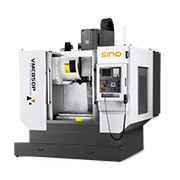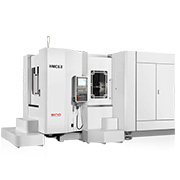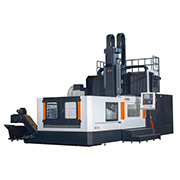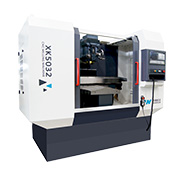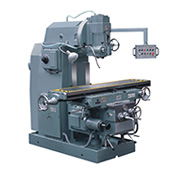Principles for defining the parameters of CNC milling
Principles for defining the parameters of CNC milling

In NC programming, the programmer must define the cutting amount for each process and write it into the program in the form of instructions. The cutting amount includes spindle speed, back-cutting amount and feed speed, etc. For different processing methods, different cutting parameters need to be selected. The selection principle of the cutting amount is to ensure the machining accuracy and surface roughness of the parts, give full play to the cutting performance of the tool, ensure reasonable tool durability and give full play to the performance of the machine, to maximize productivity and reduce costs.
(1) Defining of spindle speed :The spindle speed should be selected according to the allowable cutting speed and the diameter of the workpiece (or tool). The calculation formula is:
n=1000v/(πD)
The calculated spindle speed n should finally be selected according to the machine manual which has or is close to the speed of the machine.
(2) Determination of the feed rate The feed rate F is an important parameter in the cutting parameters of CNC machine tools, which is mainly selected according to the machining accuracy and surface roughness requirements of the parts and the material properties of the tools and workpieces. The feed rate is limited by the rigidity of the machine tool and the performance of the feed system. In contour processing, the feed should be appropriately reduced near the corner to overcome the overtravel or undertravel phenomenon at the corner of the contour due to inertia or deformation of the process system.
The principle of defining the feed rate:
1) When the quality requirements of the workpiece can be guaranteed, in order to improve the production efficiency, a higher feed rate can be selected. Generally selected within the range of 100~200mm/min. 2) When cutting, processing deep holes or processing with high-speed steel tools, a lower feed rate should be selected, generally within the range of 20-50mm/min. 3) When the machining accuracy and surface roughness are required to be high, the feed speed should be smaller, generally within the range of 20-50mm/min. 4) When the tool is idle, especially when returning to zero from a long distance, the feed rate given by the CNC system of the machine tool can be selected.
(3) Defining the amount of back-engagement :The amount of back-engagement (ap) is determined according to the rigidity of the machine tool, workpiece and tool. Under the condition of allowable rigidity, the amount of back-engagement should be equal to the machining allowance of the workpiece as much as possible. Reduce the number of passes and improve production efficiency. In order to ensure the quality of the machined surface, a fine machining allowance of 0.2~0.5mm can be left.

